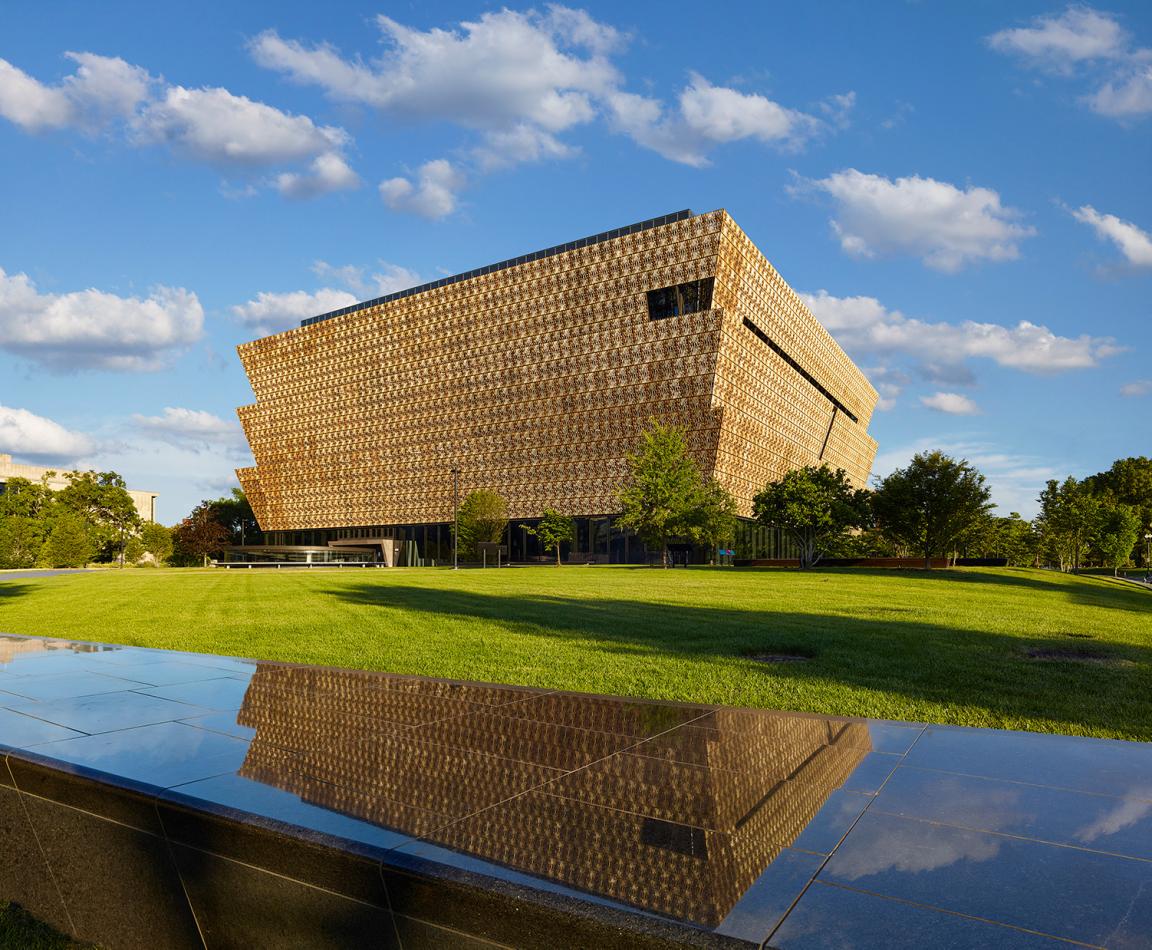National Museum of African American History and Culture Presents Its First Virtual Symposium “Making African America”
From “Dreamers” and the Muslim ban to the Harlem Renaissance and transatlantic Slave trade, the Smithsonian’s National Museum of African American History and Culture’s first virtual symposium will explore many topics related to black immigrants and black migration in the United States. “Making African America: A Virtual Symposium on Immigration and the Changing Dynamics of Blackness in the United States” assembles scholars, journalists, activists, curators, filmmakers and writers to discuss how immigration has shaped and remade what it means to be black in the United States.
Planned in partnership with the University of Maryland, College Park, the series of online discussions and activities, including art presentations, storytelling and film screenings, will dig into a missing page in American scholarship. Black immigrants from the Caribbean, Latin America in the 19th and 20th centuries and African nations since 1965 have exercised a profound influence on the making of African America. Yet, few scholars have probed and documented their cultural and historical impact. The museum’s first virtual six-day symposium will examine the influence of black immigration in American history and culture.
Occurring each Friday and Saturday during the first three weeks in March, more than 40 panelists with diverse backgrounds will uplift their personal experiences and expertise to connect American history and culture to a history of migration and immigration by the African diaspora. Registration for the symposium is available on its webpage.
“Making African America” Symposium Event Schedule
Friday, March 5, and Saturday, March 6: The virtual symposium begins on Friday with welcoming remarks, a keynote address from scholar Carole Boyce Davies and a discussion exploring the African diaspora. Saturday’s sessions will consider the concept of “home” and how the civil rights’ and labor rights’ struggle strengthened relations between black immigrants and African Americans.
Friday, March 12, and Saturday, March 13: In the symposium’s second weekend, panelists will examine black culture’s shaping of art, literature and music and how cultural productions inform the understanding of the African diaspora. The panel will consider how interactions between black immigrants and African Americans inform black people’s global experience. Saturday’s panel dissects the role of museums and other cultural institutions in presenting black diversity.
Friday, March 19, and Saturday, March 20: The final weekend features a journalist’s roundtable discussion on the portrayal of diverse black perspectives in media, followed by short films depicting the black immigrant experience. The symposium’s last day begins with a Community Day, where online visitors can watch theatrical performances based on Jessica Harris’s book, Vintage Postcards from the African World: In the Dignity of their Work and the Joy of their Play. The symposium concludes with a panel on black immigrants and social activism and a conversation on blackness in poetry and writing with authors Elizabeth Acevedo, Dinaw Mengestu and Edwidge Danticat.
About the National Museum of African American History and Culture
Since opening Sept. 24, 2016, the National Museum of African American History and Culture has welcomed over 7 million visitors. Occupying a prominent location next to the Washington Monument on the National Mall in Washington, D.C., the nearly 400,000-square-foot museum is the nation’s largest and most comprehensive cultural destination devoted exclusively to exploring, documenting, and showcasing the African American story and its impact on American and world history. For more information about the museum, visit nmaahc.si.edu follow @NMAAHC on Twitter, Facebook, and Instagram—or call Smithsonian information at (202) 633-1000.
About the Center for Global Migration Studies at University of Maryland, College Park
The Center for Global Migration Studies at the University of Maryland, College Park works to advance teaching and interdisciplinary research around issues of migration and immigration. Working in collaboration with numerous academic departments, community organizations and institutions in Washington, D.C., the center is pioneering new ways of producing and sharing knowledge about the processes of migration.
# # #
SI-45-2021

